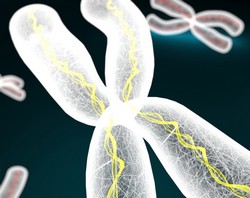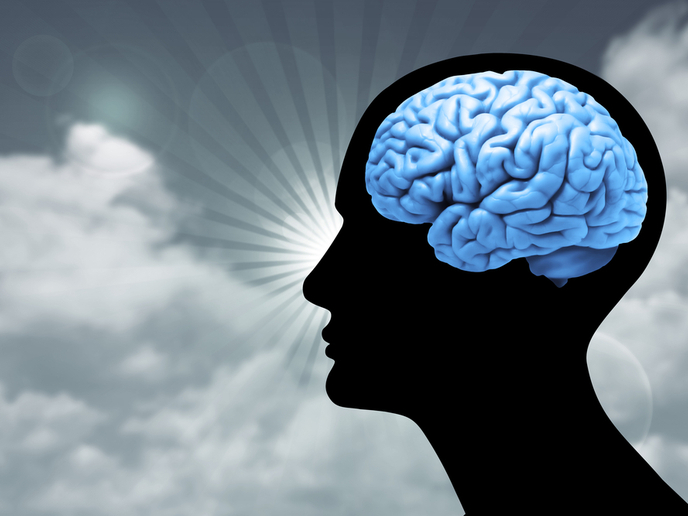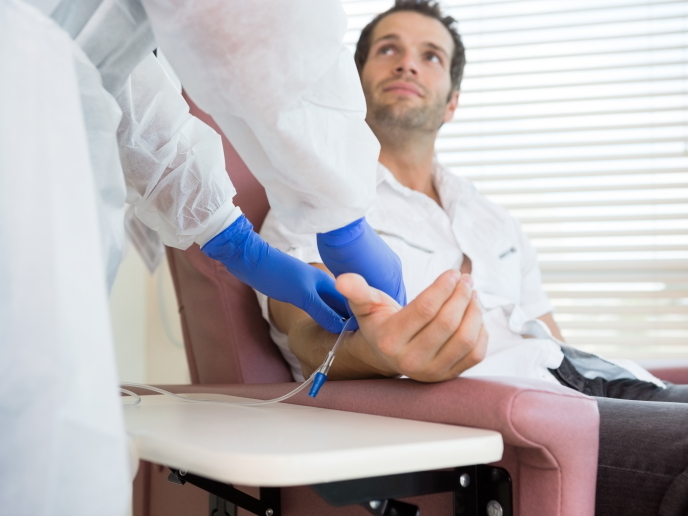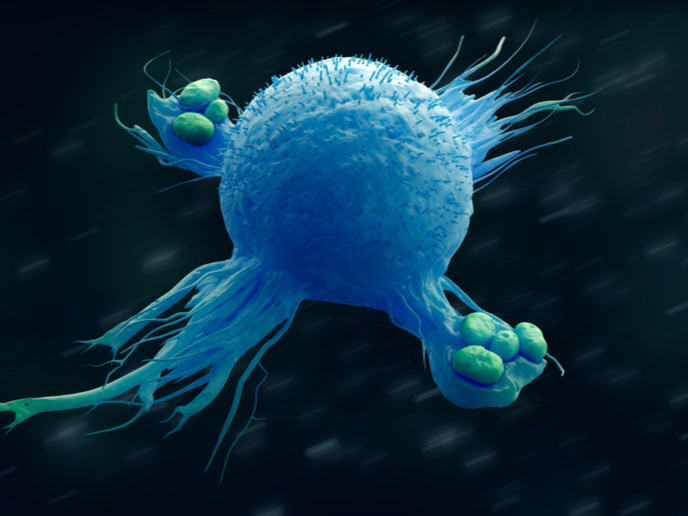Gene therapy of Wiskott-Aldrich syndrome
WAS is a primary X-chromosome-linked rare disease caused by mutations in the was gene. Currently, the only cure is allogeneic haematopoietic stem cell (HSC) transplantation but compatible donors are rarely available. An emerging GT approach looks particularly promising due to advances in the gene modification of HSCs. Recently there was a clinical trial that used a lentiviral vector (LV) to transfer genes into autologous CD34+ HSCs from WAS patients. The main goal of the EU-funded WASHSCGENETHERAPY (Preclinical studies in mouse hematopoietic stem cells for gene therapy of Wiskott-Aldrich syndrome) project was to conduct preclinical animal studies and improve this GT technology for effective application in WAS patients. The main objective was to analyse the actual LV used in clinical trials and develop approaches for further LV improvement. Researchers produced a third generation LV and compared its performance with the LV used in the clinical trial. Project findings demonstrated that GT-corrected human HSCs and expression of WAS protein was detected in their progeny after transplantation into nude mice models. The data indicated that proliferation and IL2 secretion upon CD3 stimulation were restored. Importantly, researchers observed a tendency of improved levels of human WAS in granulocytes and myeloid cells that were generated by in vitro differentiation of transduced lineage negative cells. These preclinical studies of the project led to the conclusion that the third generation of improved LV with the alternative promoter is able to transduce HSCs and improve spleen size and platelets number. Based on these results, it will be possible to develop stable producer cell lines for GT in WAS patients.







